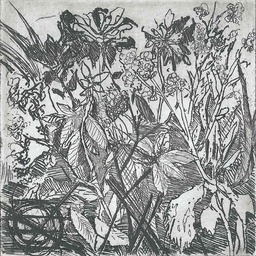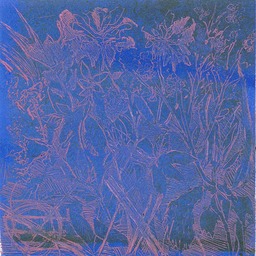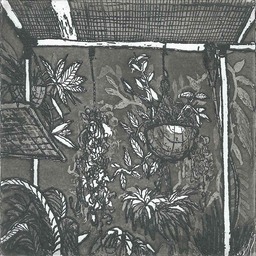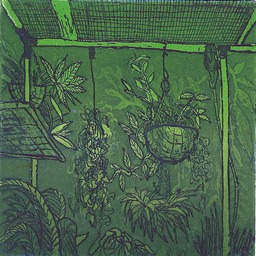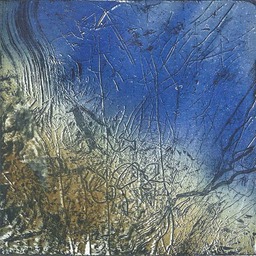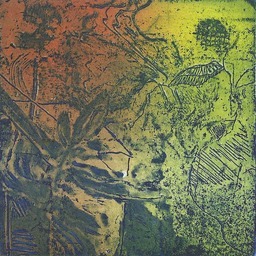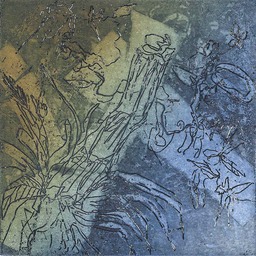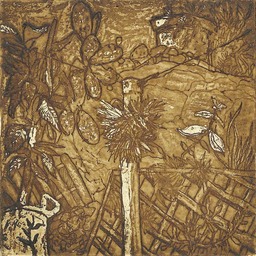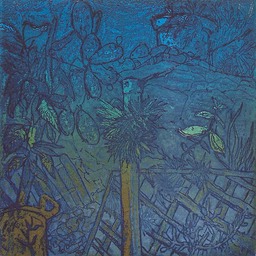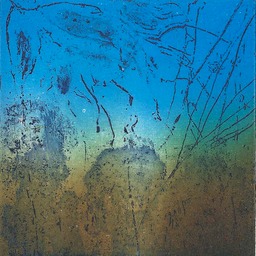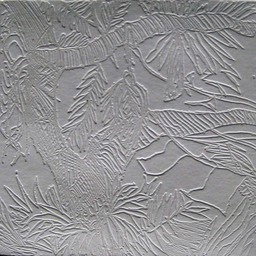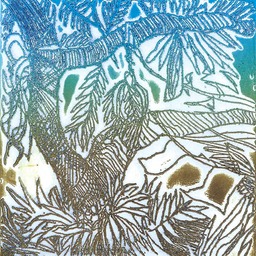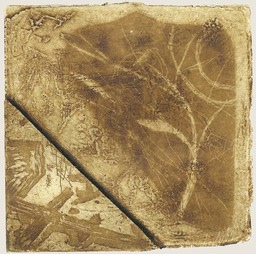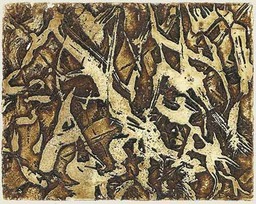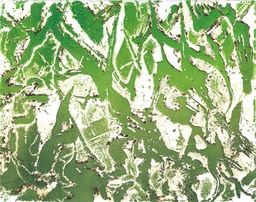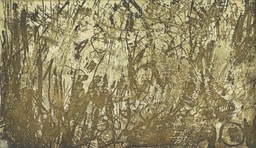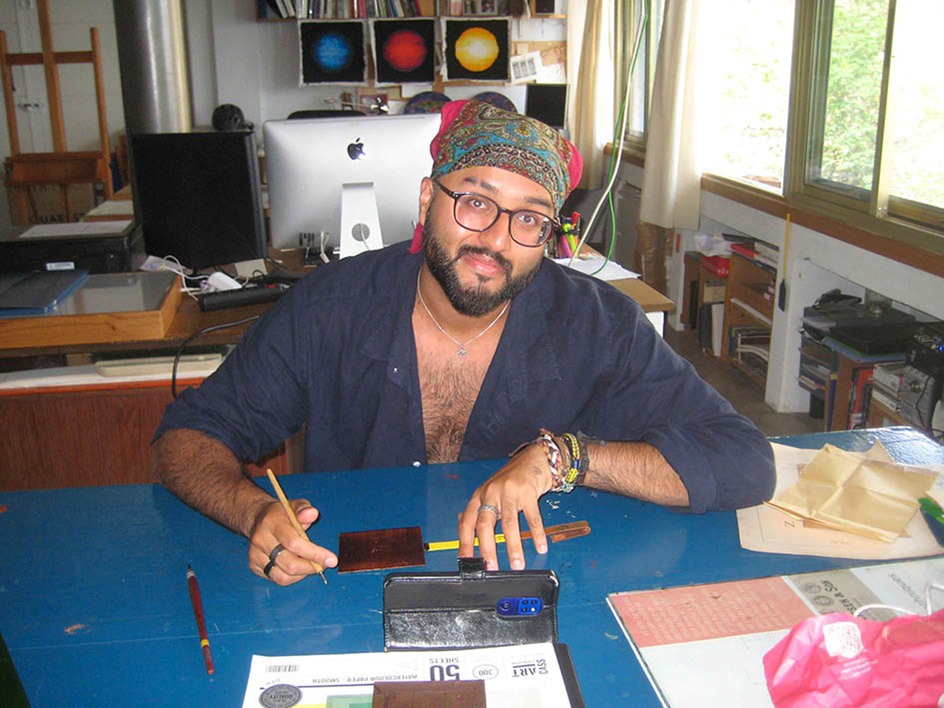
Bach Singh (England, 1996) is the Anglo-Indian artist who this year has enjoyed one of the two grants, for under thirty. He has been in our residency from 15 to 29 July. He graduated from the University of Leeds in 2019. Singh has huge experience in graphic arts, in 2018 he spent a summer training in the printmaking workshop of the Pilar and Joan Miró Foundation, in Mallorca. After graduating, he worked for a time at the Prints at Worton Hall Studios workshop, London, printing works for established artists using different techniques. He is at the present time a printmaking teacher at the University of Gloucestershire.
Singh is a young artist who knows several techniques and has come eager to start with electro-etching. I think he was actually unaware that these processes existed until he found our studio on the ResArtis website searching for workshop-residencies where etching was practiced.
During his stay he has practiced with great ease the drawing of lines on hard ground, the tonal areas (aquatint) without rosin. This is an open bite on the metal that reacts creating a roughness on the surface of the plate that can retain the ink. By doing it with electrolysis we have decided to call it “electrotint”. Graphite ink resist has also been used as a hard ground for lines, as a soft ground and for produce electrotints. He also practiced with Big etching ground, a product that we started using in 2019 and has as many graphic possibilities as graphite ink resist. Singh etched electrotint with the semi-dry electrolytic process. Deep etching on a zinc plate with passive electro-etching, that is without electricity. And he has galvanized lines on a copper plate (- pole), at the same time as he did a deep bite with the donor plate (+ pole) and some lines of mezzotint on the rough surface.
Bach was very interested in drawing in our garden besides and when printing, he applied an abundance of colour to his plates. I think he enjoyed and made good use of his time in the workshop.
Pictures from the workshop
Bach Singh speaks about his experience in the workshop-residency
I first learned to etch in 2015 at The University of Leeds under the guidance of the talented printmaker Mr. Richard Gee, who introduced me to traditional zinc etching techniques using copper sulfate. As I continued my etching journey across various studios and universities, I experimented with different metal matrices and etching mordants.
After many years of working with harmful chemicals, I felt ready to transition to safer, environmentally friendly alternatives. Discovering the electro-etching residency on ResArts and receiving a grant allowed me to study under Alfonso Crujera for two weeks. He picked me up at the airport, his striking blue hair immediately signaled that he was truly someone out of the ordinary. Our conversations ranged from our shared passion for printmaking to the intriguing history of electro etching.
Upon arriving at his studio, I was greeted by a stunning garden overlooking the sea, which fueled my inspiration. We dove right into preparing plates, where Alfonso showcased not only his extensive technical knowledge but also his humor, warmth, and deep curiosity about art and life.
By the end of my two weeks in his well-equipped studio, I felt confident in using electro etching to produce plates that achieve the same, if not superior, lines and tones as traditional methods. With Alfonso's guidance and resources, I am eager to introduce electro etching techniques to students at universities.
The experience reignited my creative spirit, filled with inspiring studio sessions, excursions to the island’s natural wonders, shared meals prepared by Amaparo, Alfonso’s wife, and the transformative beauty of the garden. It nurtured a space within me that revitalised my creativity in ways words cannot fully capture; I hope you can see this inspiration reflected in my prints.
Bach Singh's Electro-etchings
